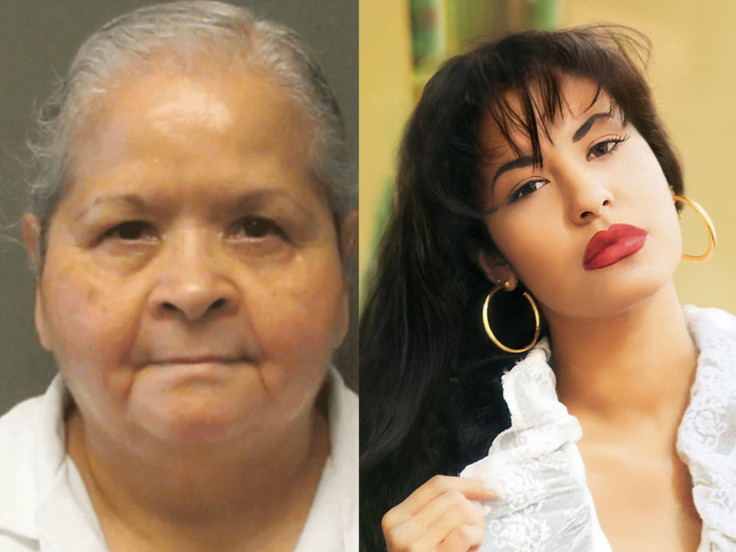Was Selena Quintanilla's Death an Accident? Autopsy Report Reveals Singer's Cause of Death After 30 Years

KEY POINTS
- A resurfaced 1995 autopsy report confirms Selena died from massive internal bleeding caused by a single gunshot wound.
- Yolanda Saldívar continues to claim the shooting was accidental, but forensic evidence and investigative records contradict her.
- Media attention surrounding the Netflix documentary has renewed public scrutiny of the case, 30 years after Selena's death.
Thirty years after the murder of beloved Tejano superstar Selena Quintanilla, renewed interest in the case has brought a decisive element back into the spotlight: the original medical examiner's autopsy. As reported, the 1995 autopsy confirms that Selena died from 'exsanguinating internal and external haemorrhage' caused by a perforating gunshot wound to the chest.
Coroner Lloyd White ruled the death a homicide, stating that the bullet — fired from a .38 calibre revolver — entered Selena's back, passed through her ribs and upper lung, and exited through her chest, severing the subclavian artery. The injury caused catastrophic blood loss within minutes.
The clarity in the medical findings stands in sharp contrast to the narrative promoted by Yolanda Saldívar, convicted of Selena's murder, who continues to claim the shooting was accidental.
Saldívar Maintains She 'Never Meant to Kill' Selena

In recent years, including in a 2024 documentary series, Saldívar insisted she had been attempting to take her own life when the gun discharged, killing Selena. She claims the fatal shot was unintentional and has repeatedly referred to the singer as a friend whose death she 'never intended'.
But the details laid out in the autopsy — and the sequence of events documented by investigators — strongly contradict this version of events. According to court records, Saldívar had purchased, returned, and repurchased the murder weapon in the weeks leading up to the killing. The confrontation occurred after Selena and her family uncovered approximately £27,000 in embezzled funds from boutiques and fan club accounts — money Saldívar was accused of mishandling.
Investigators also found that after shooting Selena, Saldívar did not seek help or express immediate remorse. Instead, she chased the wounded singer into the motel lobby before barricading herself in a truck for nearly 10 hours while threatening suicide.
Parole Board Rejects Saldívar's Bid for Release
Now 64, Saldívar is serving her life sentence in a Texas women's prison. She became eligible for parole after serving more than 30 years, exceeding the typical threshold for review. However, the Texas Board of Pardons and Paroles denied her request earlier this year, citing the violent nature of the crime and her continuing risk to public safety.
Selena's family publicly supported the decision, stating that while nothing can restore what was lost, keeping Saldívar incarcerated is essential for community safety and emotional healing.
Her next parole review is scheduled for 2030.
Netflix Documentary Renews Interest in the Case
The timing of the autopsy's renewed attention coincides with Netflix's release of Selena y Los Dinos: A Family's Legacy, a documentary produced with access to the Quintanilla family's private archive. The film focuses on Selena's life, artistry and impact, but its release has reignited discussion around her death — including long-standing debates over Saldívar's claims.
The documentary, along with publicised details from the autopsy, has prompted many fans to revisit the question: was the shooting truly an accident? Based on the evidence, the medical findings, and prosecutors' original arguments, the answer remains clear.
Three decades after her murder, Selena Quintanilla's influence remains powerful across music, culture, and identity. Her legacy continues to expand across generations, even as the painful details of her death resurface.
The confirmed findings of the autopsy reaffirm what investigators concluded in 1995: her death was the result of a deliberate act — not an accident.
© Copyright IBTimes 2025. All rights reserved.





















